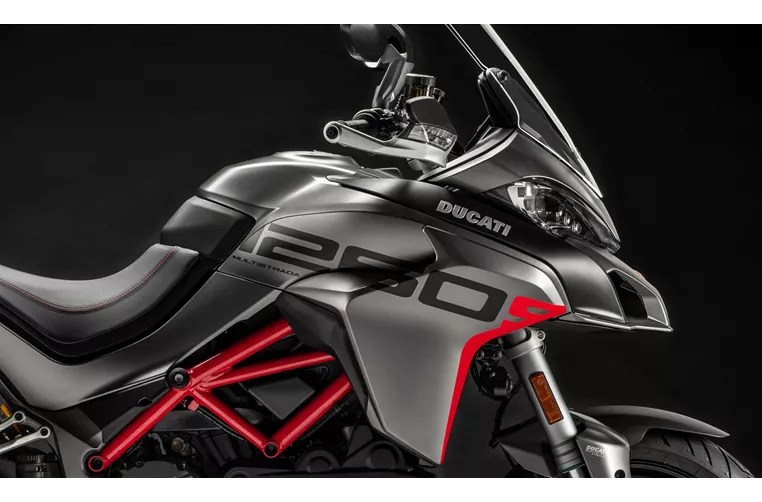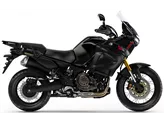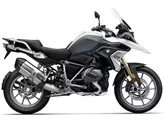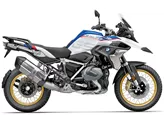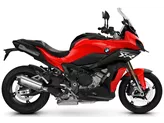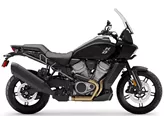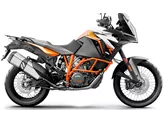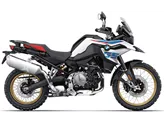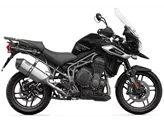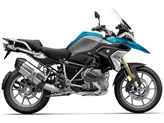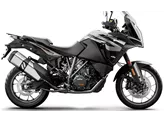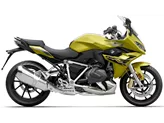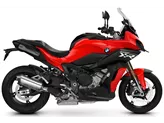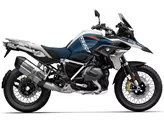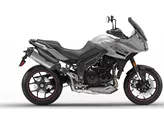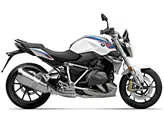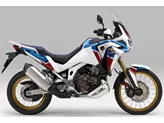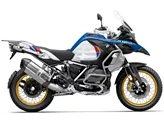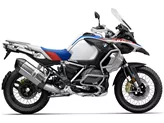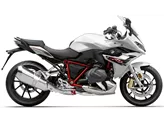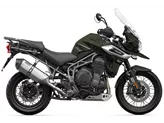Ducati Multistrada 1260 S Grand Tour 2020 vs. BMW R 1250 GS 2019

Ducati Multistrada 1260 S Grand Tour 2020

BMW R 1250 GS 2019
Overview - Ducati Multistrada 1260 S Grand Tour 2020 vs BMW R 1250 GS 2019
The Ducati Multistrada 1260 S Grand Tour 2020 and the BMW R 1250 GS 2019 are both powerful and versatile enduro motorcycles. The Ducati boasts a V-engine type with a bore of 106 mm and a stroke of 71.5 mm, while the BMW features a Boxer engine type with a bore of 102.5 mm and a stroke of 76 mm. In terms of engine power, the Ducati takes the lead with 158 HP compared to the BMW's 136 HP. However, the BMW compensates with a higher torque of 143 Nm compared to the Ducati's 129.5 Nm.
Both motorcycles have electric starters and transmission systems, but they differ in their drive trains. The Ducati utilizes a chain transmission, while the BMW employs a prop shaft transmission. The Ducati has a displacement of 1262 ccm, while the BMW has a slightly smaller displacement of 1254 ccm.
In terms of suspension, the Ducati features an upside-down telescopic fork with a diameter of 48 mm and a travel of 170 mm. The front suspension of the BMW is a Telelever with a diameter of 37 mm and a travel of 190 mm. Both motorcycles have a single swing arm rear suspension with a monoshock and a travel of 170 mm for the Ducati and 200 mm for the BMW.
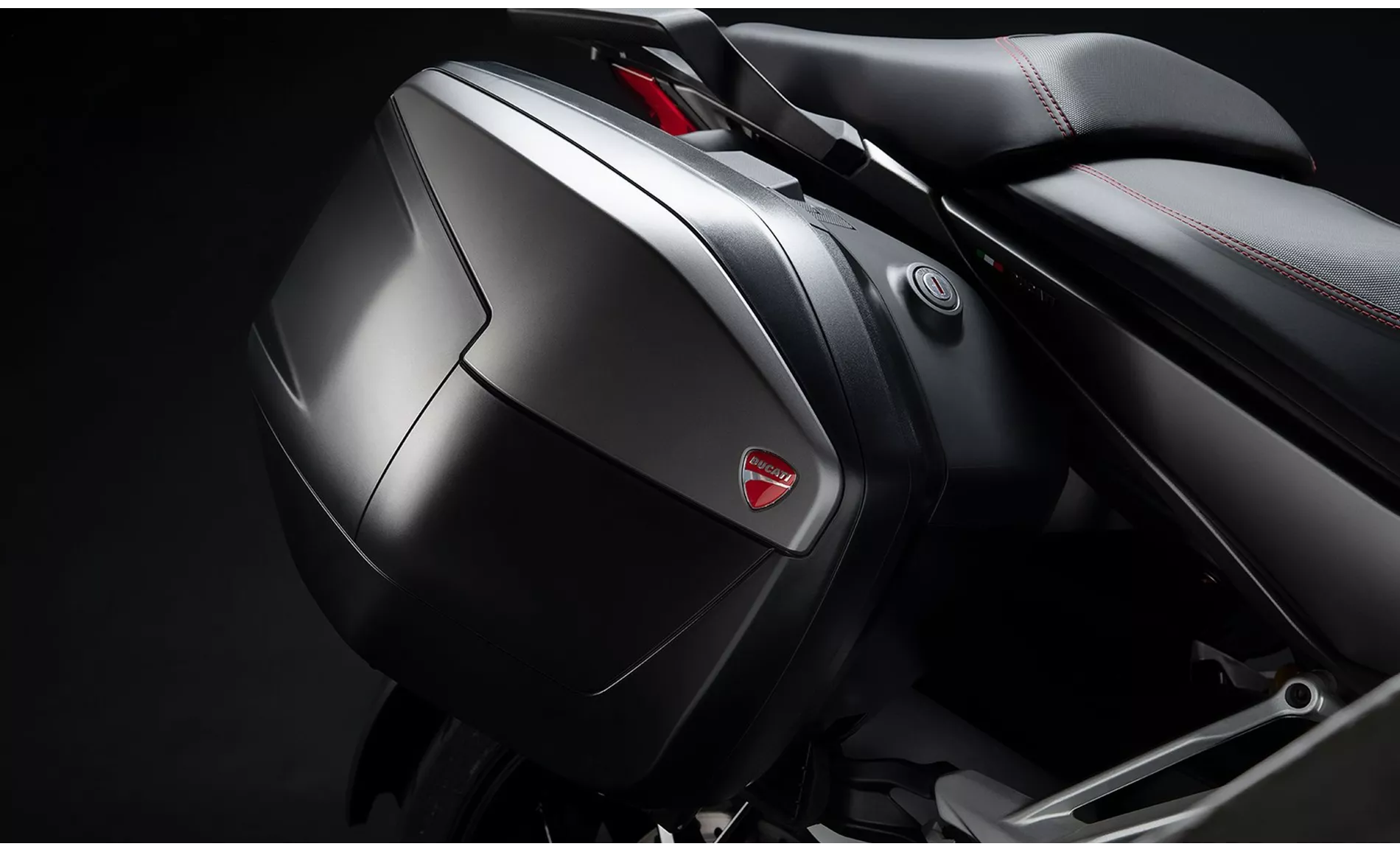
Ducati Multistrada 1260 S Grand Tour 2020
The chassis of both motorcycles is made of steel, but they differ in their frame types. The Ducati has a tubular frame type, while the BMW has a load-bearing engine frame type. The Ducati has a rake of 65 degrees and a trail of 111 mm, while the BMW has a slightly smaller rake of 62.9 degrees and a trail of 109 mm.
In terms of brakes, both motorcycles have double disk brakes at the front. The Ducati features advanced rider assistance systems such as ABS, dynamic suspension, ride by wire, traction control, and anti-wheelie. The BMW also has ABS and additional systems such as anti-slipping control and ride by wire.
The dimensions and weights of the motorcycles are quite similar. The Ducati has a front tire diameter of 17 inches and a rear tire width of 190 mm, while the BMW has a front tire diameter of 19 inches and a rear tire width of 170 mm. Both motorcycles have a wheelbase of around 1500 mm and a seat height of around 850 mm.

BMW R 1250 GS 2019
In terms of equipment, both motorcycles have LED headlights. The Ducati also features cornering lights, while the BMW has an adjustable windscreen. The Ducati offers a 4-year warranty, which is a notable advantage.
As for weaknesses, the Ducati's windshield could be more pronounced, but this can be improved with accessories. The tank capacity of 20 liters is also considered a bit tight for a touring enduro. On the other hand, the BMW has a manageable standard equipment and a long surcharge list. Its appearance is also described as jagged with little elegance.
Overall, the Ducati Multistrada 1260 S Grand Tour 2020 stands out with its powerful engine, electronic assistance systems, and suitability for touring. The BMW R 1250 GS 2019 impresses with its high-torque boxer engine, comfortable seating position, and stable braking performance. Both motorcycles have their strengths and weaknesses, and the choice ultimately depends on the rider's preferences and priorities.
Technical Specifications Ducati Multistrada 1260 S Grand Tour 2020 compared to BMW R 1250 GS 2019
Pros and Cons in comparison
Pros and Cons in comparison
Ducati Multistrada 1260 S Grand Tour 2020
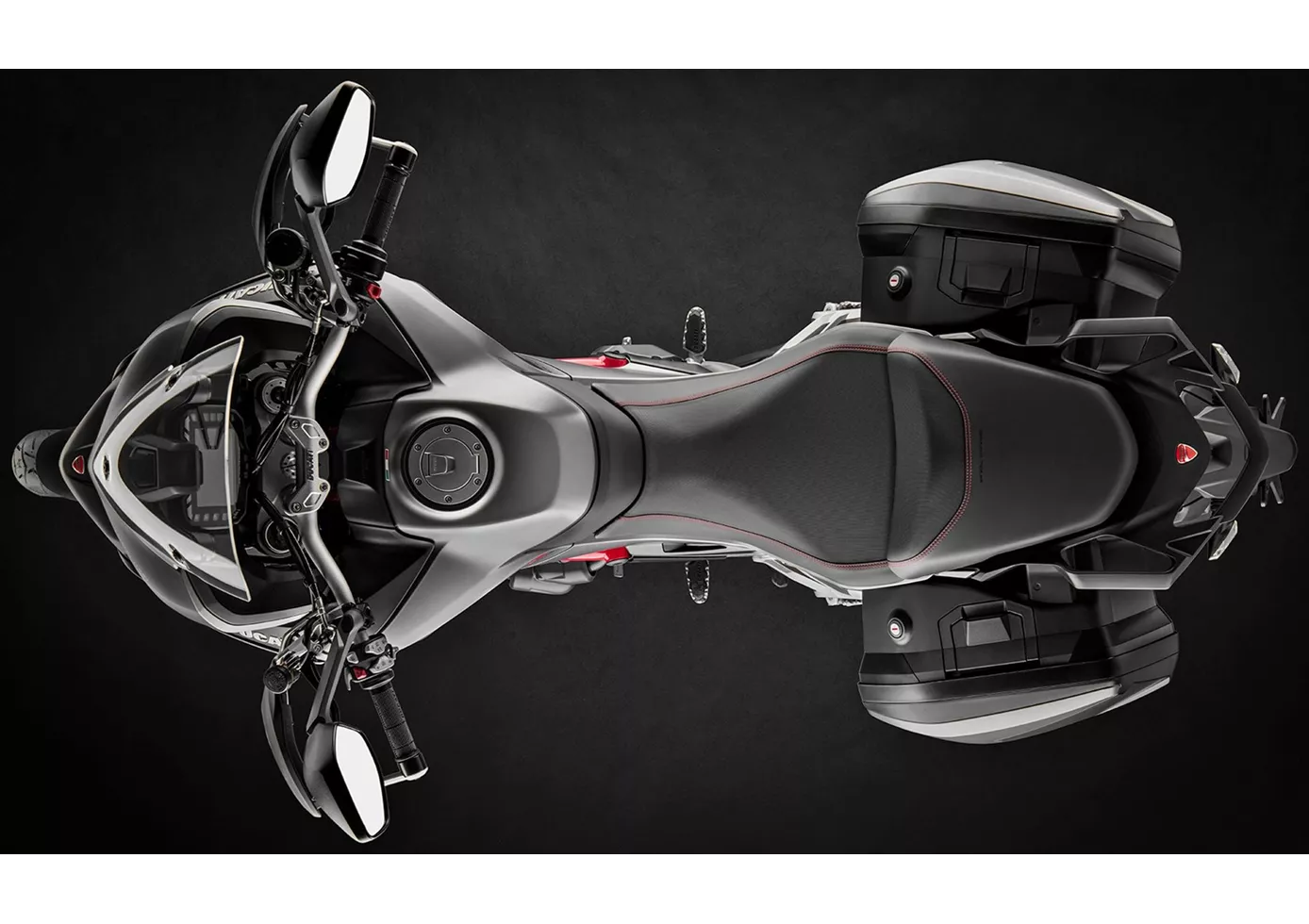
The Italian all-rounder with plenty of engine power, semi-active chassis, lots of sophisticated technology and endless riding fun in almost every situation! The Ducati Multistrada 1260 S in its maximum Grand Tour configuration leaves virtually nothing to be desired. For a touring enduro of this calibre, it really is surprisingly light and at the same time quite agile. The adjustable seat allows even smaller riders to get a foothold in the saddle, and the Multistrada's intuitive menu navigation makes manuals a thing of the past. The top-class Italian racing enduro steed is truly a jack-of-all-trades! Only the wind protection could be a bit more rider-friendly and the tank could do with a few more litres - complaining at the highest level. Get on it, start the engine, enjoy, have fun!
BMW R 1250 GS 2019

The BMW R 1250 GS is the logical further development of the R 1200 GS - logical above all because one should not expect such a popular motorbike to be radically changed. Accordingly, the design has been changed cautiously, and the familiar options for the chassis and electronics have been retained. The new name R 1250 GS, however, promises a new engine - and it really is something! 136 hp at 7750 rpm and a whopping 143 Newton metres of maximum torque at 6250 rpm are an absolute blast! BMW has thus renovated the big GS almost perfectly: it remains clearly recognisable, has a little more electronics as standard, a still long list of surcharges (which customers like to tick from A to Z) and a now even better and more sovereign power plant - what more could you want?!
Price Comparison Avarage Market Price Ducati Multistrada 1260 S Grand Tour vs BMW R 1250 GS
There are a few key differences between a Ducati Multistrada 1260 S Grand Tour 2020 and a BMW R 1250 GS 2019. It takes less time to sell a BMW R 1250 GS with 46 days compared to 100 days for the Ducati Multistrada 1260 S Grand Tour. Since model year 2020 1000PS.de editors have written 3 reviews for the Ducati Multistrada 1260 S Grand Tour and 50 reviews for the BMW R 1250 GS since model year 2019. The first review for the Ducati Multistrada 1260 S Grand Tour was published on 10/23/2019 and now has more than 42,900 views. This compares to more than 305,600 views for the first review on BMW R 1250 GS published on 9/19/2018.
